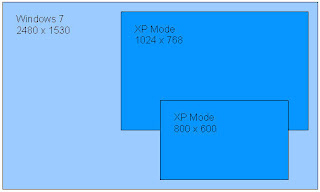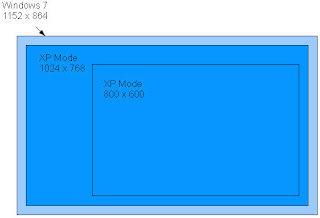 Image via CrunchBase
Image via CrunchBase Image via Wikipedia
Image via WikipediaBy
Sean Michael Kerner
Last week's move by
Oracle to sue Google over Java use in the Android
open source mobile operating system, may well end up having an impact that effects far more that just Android. And that has some key stakeholders in the open source community concerned.
Mark
Shuttleworth, founder of
Ubuntu Linux, is among those in the community who don't see a positive outcome from Oracle's lawsuit, which was based around claims of Linux-based Android wrongfully treading on Oracle's patented Java code and copyrights.
"It's an extremely unsophisticated move by someone at Oracle to launch a patent-based lawsuit, and it's clearly going to be a significant setback for their relationship with the broader open source community, which is a significant part of many of their products," Shuttleworth told InternetNews.com.
Ubuntu is no stranger to working with
Sun Microsystems -- original owner of the patents in question -- prior to Sun's acquisition by Oracle. Back in 2006, Canonical, the lead commercial sponsor of Ubuntu, first gained certification for Ubuntu Linux on Sun hardware. The effort was further expanded in 2007 with Sun Java technologies made directly available to Ubuntu Linux users.
"This will complicate the relationships Oracle has with a very important audience, which is the broader open source community," Shuttleworth said. "It will significantly undermine their efforts to establish many of their major products like Java, Solaris and Oracle Unbreakable Linux, and in due course, I'll imagine that they'll quietly wish they hadn't taken this approach."
"I certainly respect their right to take whatever approach they want to take with what they consider to be their property, but I cannot see any way in which this ultimately ends in a constructive outcome for them," he added.
Shuttleworth, like many open source advocates, is critical of
software patents in general, which he said aren't a winning strategy for major software vendors.
"Big, traditional software companies have been looking for ways of protecting their franchises and many have waved patents around as a way of entrenching their margins," Shuttleworth said. "But it isn't working out that way."
That open source community leaders like Shuttleworth have long argued against software patents isn't surprising, considering the fights that flare up frequently between the open source and proprietary worlds around intellectual property. For instance, there's the looming specter of Microsoft, which in 2007 claimed that Linux infringed on hundreds of patents, and which hasn't been afraid to use that position to encourage open source users to pay for licenses. Last year, Microsoft inked a number of Linux users to licensing agreements, and sued GPS vendor
TomTom over open source patent issues -- a spat that ended in a settlement and another licensing deal for Microsoft.
Last week,
Eben Moglen, director-counsel and chairman at the Software Freedom Law Center (
SFLC), told attendees at the LinuxCon conference that he sees patent threats against open source companies on a regular basis, and that the patent crisis facing open source is not going away anytime soon.
But Shuttleworth's view is that eventually big software companies will wake up to the reality that patents actually don't help them.
"I think that large software companies are simply going to find that patents and patent-based thinking keeps them locked in the past," Shuttleworth said. "Fundamentally, the biggest software organizations are the biggest losers from software patents-based litigation."






